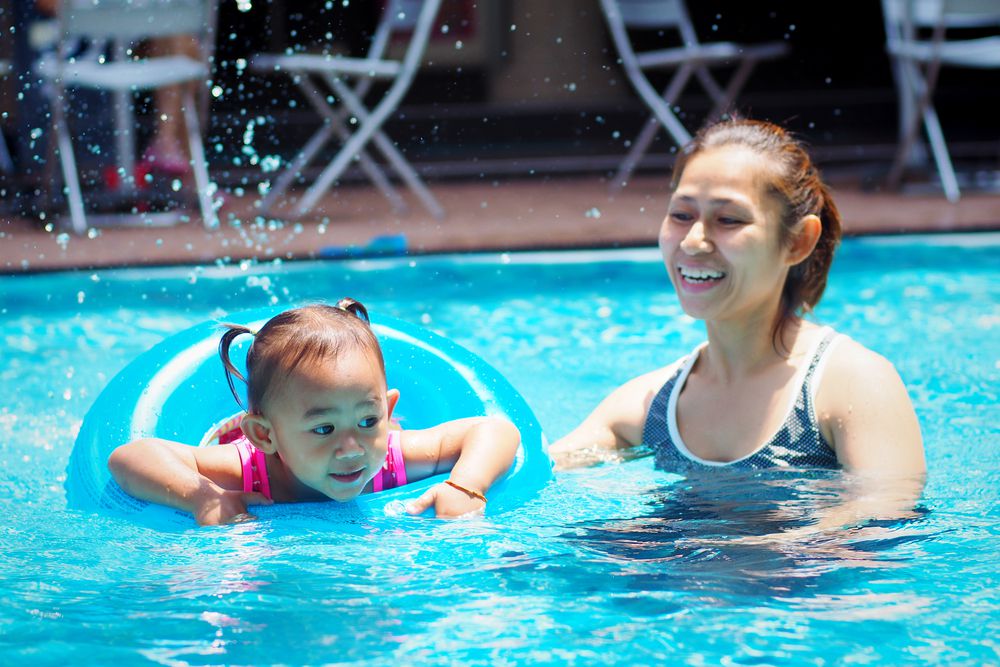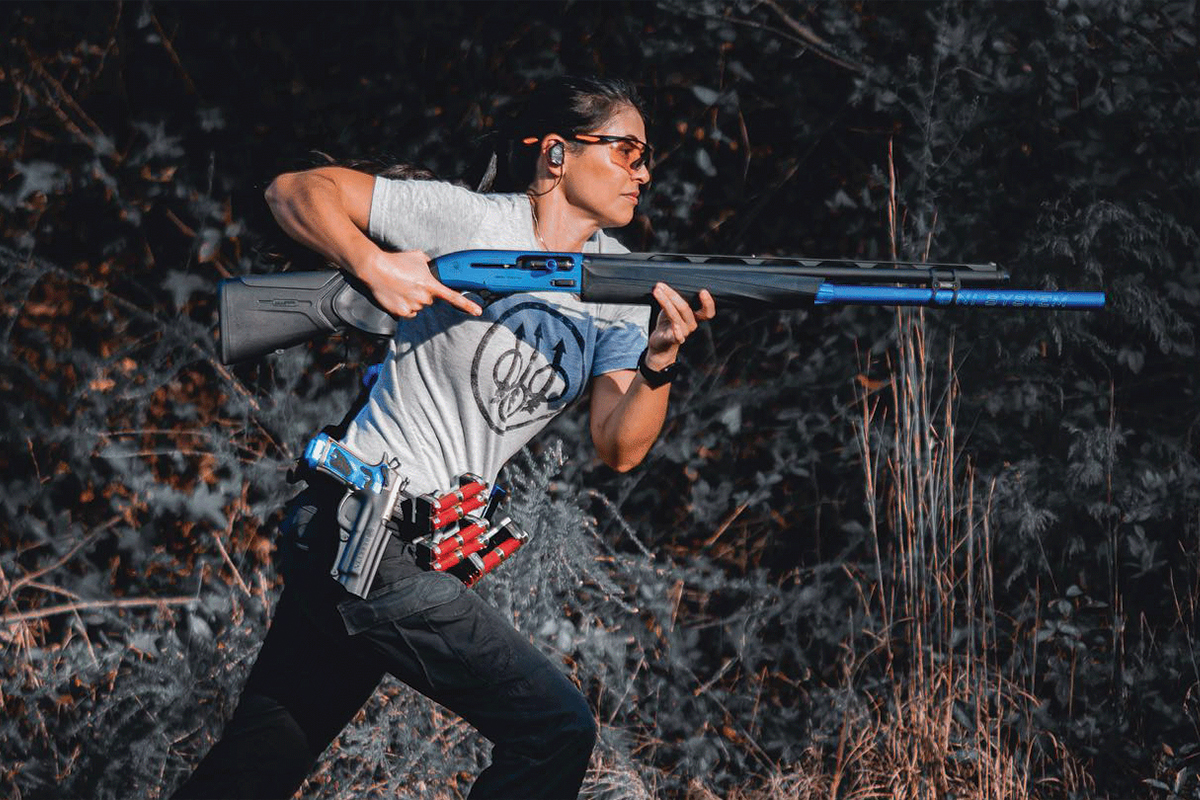Teaching exercises for children’s swimming
The best way to approach children’s swimming is through the combination of play and exercise. Know some clear examples of it.
Swimming for children is one of the best sports that a person can practice in the early stages of their life since it favors the development of various physical capacities such as strength, coordination, and endurance. In addition, it contributes to the stimulation of the child’s interpersonal relationships.
However, the teaching of swimming in children should not be carried out in a conventional way, quite the opposite. Infants often learn through experimentation, exploration, and example, and all of this can be combined with playful activities.
Play is the primary teaching tool, especially at an early age. However, this does not mean that teaching exercises or the like are not present. In that order of ideas, we will show you some exercises to use in children’s swimming. Do not miss them!
Exercises for children’s swimming
Before planning specific exercises for children, you must ensure that they gain confidence in the aquatic environment. A swimming pool may suggest a traumatic experience or, for many infants, arouse fear.
For this reason, the first step should focus on confidence through different games. You can even consult with their parents about their favorite toy and use it in familiarization routines. After the first familiarization stage, we advise you to implement the following exercises.
Kick the water
This is one of the main exercises in children’s swimming, not only because of the approach to the water but also because of the strengthening of the legs. The great advantage is that it can be approached as a play experience for the child, which makes it a more entertaining and motivating activity.
Execution
- Accompany the child to one end of the pool and sit with him to build confidence.
- Stand on the edge with your legs in the water and the rest of your body on the outside.
- Start kicking asymmetrically and wait for the child to play along.
- Let him do it alone and use whatever variations of movements he wants.
Bubbles
Within the initiation of swimming and lifeguarding class, blowing bubbles is more than important. This exercise is the starting point to prevent people from swallowing water inadvertently.
In addition, with children, it is a little more accessible to do it, since they can interpret it as the noise of a vehicle made by themselves.
Execution
The bubbles must do with the mouth and nose. It is advisable to start with the mouth because it is easier.
It instructs you to do them without completely submerging your head in the water. In case you don’t understand how to do it yourself first.
To make the bubbles, the child must take air through his mouth and inflate his cheeks, and, later, expel it slowly into the water.
After several attempts, ask him to breathe out through his mouth and nose; little by little it will dominate it.
When it comes to doing it naturally, help him do it with his head completely submerged in the water.
Propulsion with or without help
Within children’s swimming, there are many ways to propel themselves in the water. In teaching, propulsions can be used with supports, aids, or without them; In this case, we advise the child to experiment with as many alternatives as possible.
Execution
Have the child lie face down in the pool on a methodological table.
When he is comfortable, indicate that he begins to move his legs simulating the kick of the crawl style. In this way, it will begin to propel itself little by little.
Within this exercise, it is necessary that you apply the bubbles so that you do not swallow water. You can remind the child at all times.
If he has been doing this propulsion for several sessions, you can suggest the propulsion from the wall; for this, he must take a small jump and push the wall with the soles of both feet.
In the same way, it is necessary to make bubbles at all times.
Children’s swimming, between playing and teaching
There are many more exercises that you can use in teaching children swimming; it all depends on your creativity and the things that motivate the child. However, with those previously exposed, you have to prepare a good number of sessions for initiation.
Remember that each child learns at different rates and it is up to you, as a teacher, to motivate him every day to continue practicing this great sport.



